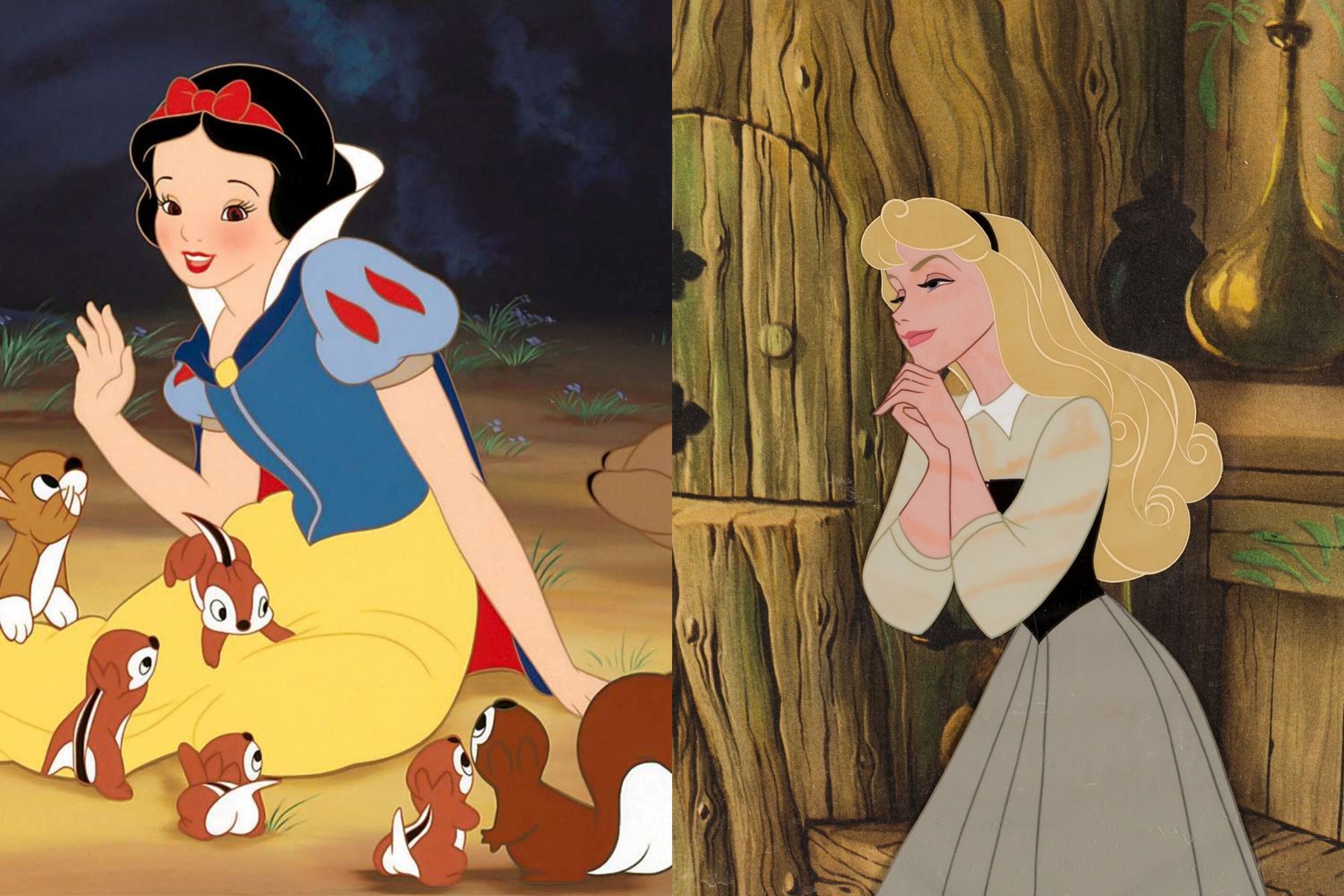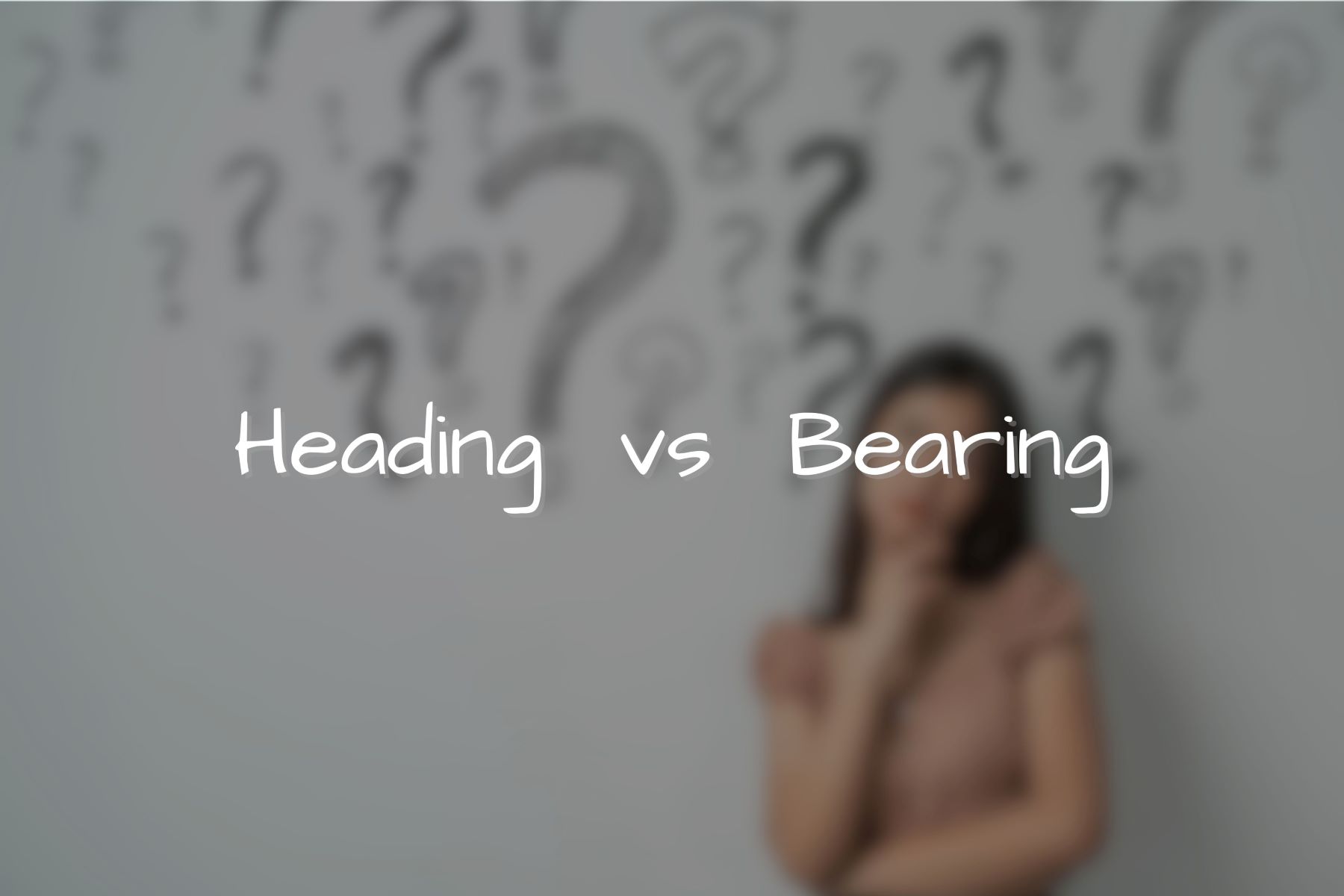Home>Arts and Culture>The Surprising Differences Between Snow White And Sleeping Beauty!


Arts and Culture
The Surprising Differences Between Snow White And Sleeping Beauty!
Published: February 10, 2024
Discover the contrasting tales of Snow White and Sleeping Beauty in this captivating exploration of arts and culture. Uncover the unexpected nuances that set these classic stories apart.
(Many of the links in this article redirect to a specific reviewed product. Your purchase of these products through affiliate links helps to generate commission for Regretless.com, at no extra cost. Learn more)
Table of Contents
Introduction
When it comes to classic fairy tales, two names immediately come to mind: Snow White and Sleeping Beauty. These timeless stories have captured the hearts and imaginations of people around the world for generations. Despite both being beloved princess tales, Snow White and Sleeping Beauty each have their own unique charm and distinct differences that set them apart. From their origins and plotlines to the characters and underlying morals, these two tales offer a fascinating study in contrast.
As we delve into the enchanting worlds of Snow White and Sleeping Beauty, we'll uncover the surprising disparities that make each story a captivating masterpiece in its own right. By exploring the background, plot, characters, and moral themes of these beloved tales, we can gain a deeper appreciation for the artistry and storytelling prowess that has made them enduring classics. So, let's embark on a journey through the enchanted forests and majestic castles of these iconic fairy tales to discover the intriguing disparities that make Snow White and Sleeping Beauty truly one-of-a-kind.
Background of Snow White
Snow White, also known as "Snow White and the Seven Dwarfs," is a German fairy tale that has been cherished for centuries. The story was first published by the Brothers Grimm in 1812 as part of their collection of fairy tales. The tale's origins can be traced back even further, with variations found in European folklore and oral traditions.
The narrative revolves around a young princess named Snow White, whose unparalleled beauty arouses the jealousy of her wicked stepmother, the Queen. This envy drives the Queen to seek Snow White's demise, leading to a series of dramatic events that ultimately culminate in a timeless tale of love, friendship, and triumph over evil.
The setting of Snow White is a lush and mystical forest, where the princess finds refuge with the seven endearing dwarfs after fleeing from the Queen's treachery. This enchanted woodland serves as a pivotal backdrop for the unfolding of the story's magical and sometimes perilous events.
The character of Snow White is depicted as gentle, kind-hearted, and resilient, endearing her to readers and audiences alike. Her unwavering optimism and innate goodness are central to the tale's enduring appeal, making her a symbol of hope and purity in the face of adversity.
The themes of vanity, jealousy, and the transformative power of love are intricately woven into the fabric of Snow White's narrative. These timeless motifs continue to resonate with audiences of all ages, underscoring the universal relevance and enduring charm of the tale.
Snow White's background is steeped in rich folklore and cultural significance, making it a cornerstone of classic fairy tales and a source of inspiration for countless adaptations in literature, film, and popular culture. The enduring popularity of Snow White attests to the timeless allure of its enchanting world and the enduring appeal of its endearing characters.
The legacy of Snow White continues to thrive, captivating new generations and reaffirming its status as a cherished classic in the pantheon of fairy tales.
Background of Sleeping Beauty
The tale of Sleeping Beauty, also known as "Briar Rose" or "The Sleeping Beauty in the Wood," is a captivating narrative with origins that can be traced back to medieval European folklore. The earliest known version of the story dates back to the 14th century, with various iterations and adaptations emerging in different cultures over the centuries.
At the heart of the story lies a spellbinding princess, cursed at birth by a vengeful fairy. This curse foretells that the princess, named Aurora in some renditions, will prick her finger on a spindle and fall into an eternal slumber. The kingdom is engulfed in sorrow until the intervention of a benevolent fairy who modifies the curse, ensuring that Aurora will not die but instead enter a deep sleep until awakened by true love's kiss.
The enchanting setting of Sleeping Beauty is characterized by a magnificent castle shrouded in an ethereal aura of enchantment. The tale unfolds against this backdrop of regal splendor and the haunting allure of a kingdom frozen in time, awaiting the fulfillment of the prophecy that will awaken the slumbering princess.
The character of Sleeping Beauty exudes an otherworldly grace and innocence, captivating readers with her ethereal beauty and the poignant circumstances of her fate. Her enduring slumber symbolizes a timeless yearning for awakening, encapsulating themes of destiny, love, and the enduring power of hope amidst adversity.
The narrative of Sleeping Beauty is replete with themes of fate, the passage of time, and the transcendent nature of true love. These enduring motifs infuse the story with a sense of timelessness, resonating across cultures and generations to become an indelible part of the global tapestry of fairy tales.
The tale of Sleeping Beauty has inspired a myriad of adaptations, from literary reimaginings to iconic ballet productions and beloved animated films. Its enduring legacy is a testament to the enduring allure of its enchanting world and the timeless themes that continue to captivate audiences worldwide.
The rich tapestry of Sleeping Beauty's origins and its enduring resonance in popular culture underscore its status as a beloved classic, perpetuating its timeless charm for generations to come.
Plot Comparison
The plot of Snow White revolves around the young princess, whose unparalleled beauty arouses the jealousy of her wicked stepmother, the Queen. Driven by envy, the Queen seeks Snow White's demise, leading to a series of dramatic events that ultimately culminate in a timeless tale of love, friendship, and triumph over evil. Snow White seeks refuge with the seven endearing dwarfs after fleeing from the Queen's treachery, and the enchanted forest serves as a pivotal backdrop for the unfolding of the story's magical and sometimes perilous events.
In contrast, the narrative of Sleeping Beauty centers on a spellbound princess, cursed at birth by a vengeful fairy. The curse foretells that the princess, named Aurora in some renditions, will prick her finger on a spindle and fall into an eternal slumber. The kingdom is engulfed in sorrow until the intervention of a benevolent fairy who modifies the curse, ensuring that Aurora will not die but instead enter a deep sleep until awakened by true love's kiss. The tale unfolds against the backdrop of a magnificent castle shrouded in an ethereal aura of enchantment, as the kingdom awaits the fulfillment of the prophecy that will awaken the slumbering princess.
While both stories feature a young princess facing perilous challenges, the nature of the threats and the overarching themes differ significantly. Snow White confronts the treachery of her jealous stepmother, whereas Sleeping Beauty grapples with the consequences of a vengeful curse. The settings also play a crucial role in shaping the narratives, with Snow White finding solace in the mystical forest and Sleeping Beauty's fate intertwined with the haunting splendor of a kingdom frozen in time.
The juxtaposition of these plotlines underscores the diverse and captivating nature of classic fairy tales, each weaving a unique tapestry of adventure, romance, and the enduring triumph of the human spirit. These enchanting narratives continue to captivate audiences, offering timeless lessons and indelible impressions that transcend generations.
Character Comparison
Snow White and Sleeping Beauty feature iconic characters who have left an indelible mark on the world of fairy tales. In Snow White, the titular character is portrayed as gentle, kind-hearted, and resilient. Her unwavering optimism and innate goodness endear her to readers and audiences alike. Snow White's purity and innocence are central to the tale's enduring appeal, making her a timeless symbol of hope and perseverance in the face of adversity.
In contrast, Sleeping Beauty exudes an otherworldly grace and innocence, captivating readers with her ethereal beauty and the poignant circumstances of her fate. Her enduring slumber symbolizes a timeless yearning for awakening, encapsulating themes of destiny, love, and the enduring power of hope amidst adversity. The character of Sleeping Beauty embodies a sense of ethereal enchantment, drawing readers into a world where the transcendent nature of true love holds the key to awakening and redemption.
While both characters embody qualities of resilience, purity, and grace, they navigate distinct challenges shaped by the unique circumstances of their respective tales. Snow White's interactions with the seven dwarfs and her unwavering spirit in the face of the Queen's treachery showcase her resilience and unwavering kindness. On the other hand, Sleeping Beauty's enduring slumber and the timeless allure of her fate underscore her ethereal presence and the enduring power of true love's transformative embrace.
The juxtaposition of Snow White and Sleeping Beauty as characters reveals the multifaceted nature of classic fairy tales, each offering a unique lens through which readers can explore themes of resilience, purity, and the enduring power of love. These iconic characters continue to captivate audiences, leaving an indelible impression that transcends generations and cultural boundaries.
Moral and Theme Comparison
The tales of Snow White and Sleeping Beauty are rich tapestries woven with enduring morals and timeless themes that resonate across cultures and generations. At the heart of Snow White lies a narrative imbued with themes of vanity, jealousy, and the transformative power of love. The treacherous envy of the wicked Queen serves as a cautionary tale, reminding readers of the destructive nature of unchecked jealousy and the enduring power of inner goodness. Snow White's unwavering resilience and the redemptive embrace of true love underscore the tale's central themes of hope, kindness, and the triumph of the human spirit over malevolence.
In contrast, the narrative of Sleeping Beauty is steeped in themes of fate, the passage of time, and the transcendent nature of true love. The curse that befalls the princess serves as a poignant allegory, highlighting the inevitability of destiny and the enduring power of love to transcend adversity. The timeless allure of Sleeping Beauty's enduring slumber encapsulates a yearning for awakening and the redemptive promise of love's transformative embrace, underscoring the tale's central themes of perseverance, destiny, and the enduring power of love to conquer all obstacles.
While both tales explore themes of love, resilience, and the triumph of the human spirit, they do so against distinct backdrops shaped by the unique circumstances of their narratives. Snow White's journey through the enchanted forest and her bond with the seven dwarfs epitomize the enduring strength of kindness and friendship, serving as a testament to the transformative power of compassion and unwavering optimism. On the other hand, Sleeping Beauty's timeless slumber and the kingdom's enduring vigil represent a yearning for awakening and the redemptive promise of true love, symbolizing the enduring power of hope amidst adversity and the transcendent nature of destiny.
The juxtaposition of these themes underscores the diverse and captivating nature of classic fairy tales, each weaving a unique tapestry of enduring morals and timeless themes that continue to captivate audiences worldwide. Snow White and Sleeping Beauty stand as timeless testaments to the enduring power of storytelling, offering profound lessons and indelible impressions that transcend generations and cultural boundaries.
Conclusion
In conclusion, the timeless tales of Snow White and Sleeping Beauty stand as enduring testaments to the captivating power of classic fairy tales. As we journey through the enchanted forests and majestic castles of these iconic narratives, we discover a rich tapestry of contrasts and parallels that shape their unique allure.
Snow White, with its themes of vanity, jealousy, and the transformative power of love, offers a cautionary tale that resonates with readers of all ages. The enduring purity and resilience of the titular character, coupled with the redemptive embrace of true love, imbue the tale with a timeless message of hope, kindness, and the triumph of the human spirit over malevolence.
On the other hand, Sleeping Beauty weaves a narrative steeped in themes of fate, the passage of time, and the transcendent nature of true love. The enduring allure of the princess's slumber encapsulates a yearning for awakening and the redemptive promise of love's transformative embrace, underscoring the tale's central themes of perseverance, destiny, and the enduring power of love to conquer all obstacles.
Despite their differences, both tales share a common thread of resilience, purity, and the enduring power of love to transcend adversity. The juxtaposition of these timeless narratives serves as a poignant reminder of the universal themes that continue to captivate audiences worldwide.
As we reflect on the captivating worlds of Snow White and Sleeping Beauty, we are reminded of the enduring legacy of classic fairy tales and their ability to impart profound lessons that transcend generations. These beloved stories continue to inspire adaptations in literature, film, and popular culture, reaffirming their status as cherished classics in the pantheon of fairy tales.
In the end, the surprising differences between Snow White and Sleeping Beauty serve as a testament to the enduring power of storytelling and the timeless appeal of narratives that capture the imagination and heart of readers across the globe. Through their enchanting characters, rich themes, and captivating plots, Snow White and Sleeping Beauty stand as timeless pillars of the fairy tale genre, leaving an indelible mark on the literary landscape and continuing to enchant and inspire audiences for generations to come.














